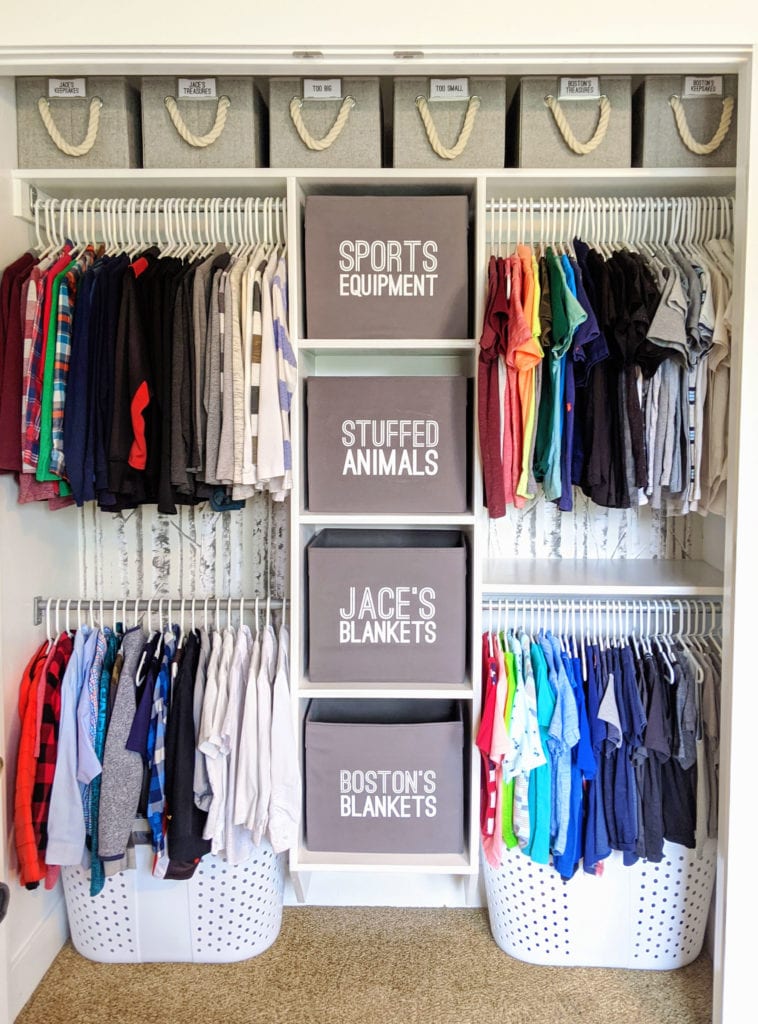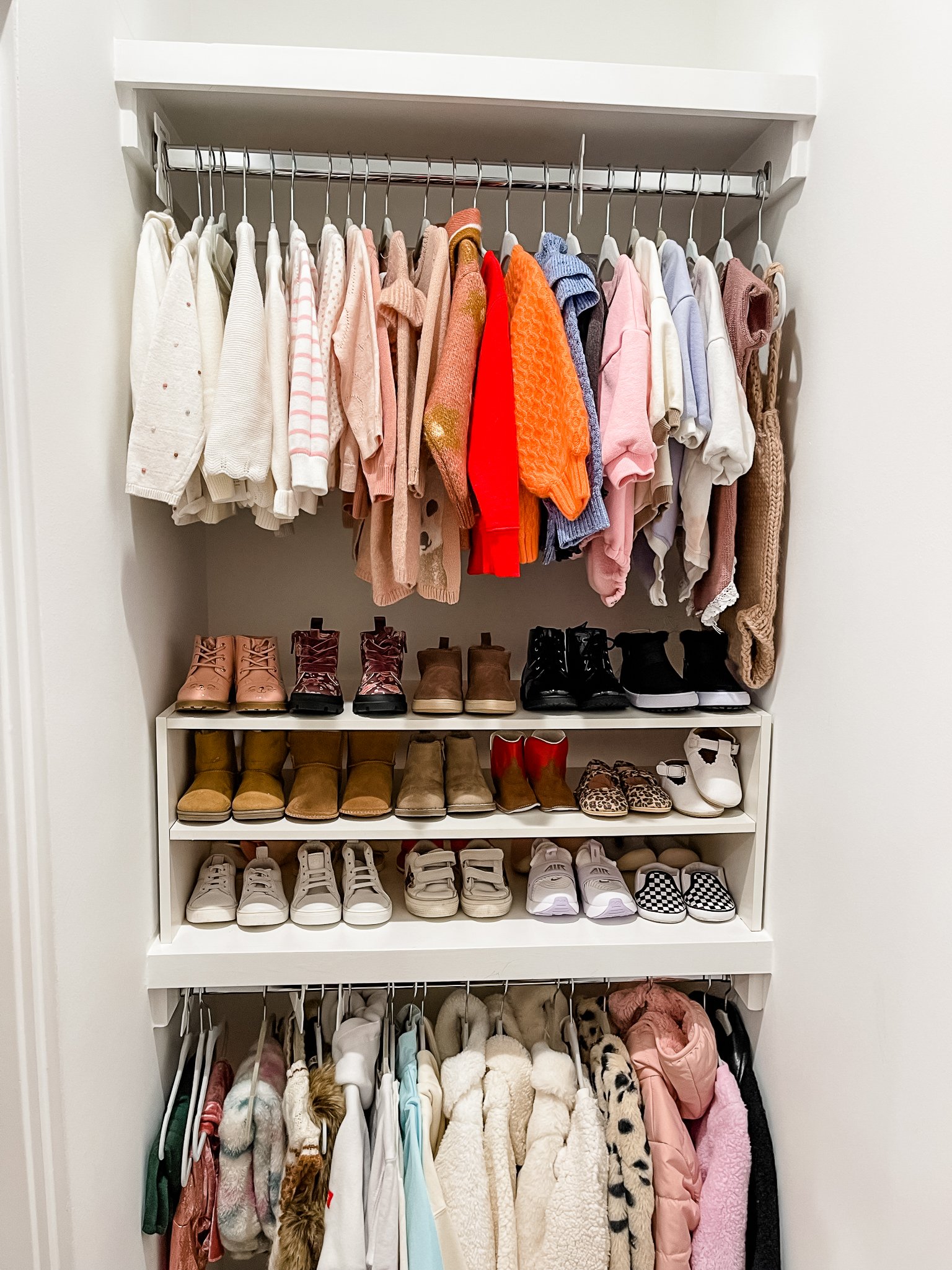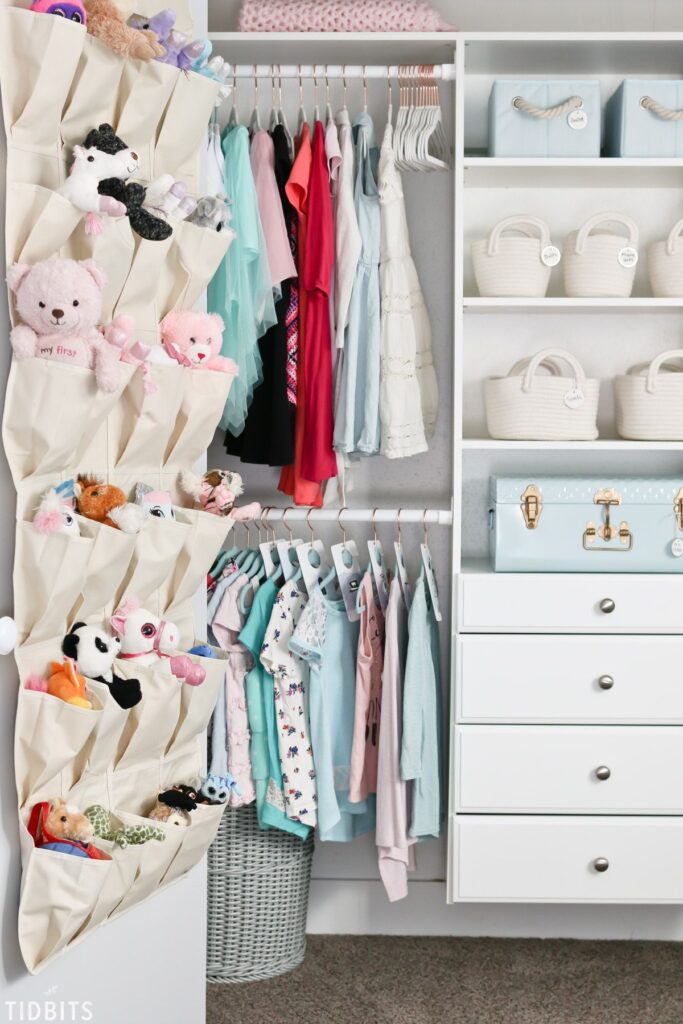Uncategorized
How to Organize Your Child’s Wardrobe for Easy Outfit Planning
Organizing your child’s wardrobe can make a huge difference when it comes to managing their daily outfits, especially if they have a busy schedule with school, activities, and playdates. A well-organized closet not only saves time but also helps you make the most of the clothes your child already has. With a few simple strategies, you can ensure that your child’s wardrobe is easy to navigate, making outfit planning a breeze.
Here’s a guide to help you organize your child’s wardrobe for easy and stress-free outfit planning.
1. Sort Clothes by Category
The first step in organizing any wardrobe is sorting clothes by category. This helps you quickly find the pieces your child needs for different occasions. You can divide clothes into the following categories:
- Tops (t-shirts, sweaters, blouses)
- Bottoms (pants, shorts, skirts, leggings)
- Outerwear (jackets, coats, cardigans)
- Dresses and Rompers
- Sleepwear
- Activewear
- Accessories (hats, scarves, gloves)
- Shoes
By creating specific sections for each category, it becomes easier to locate the right pieces when putting together outfits. You can use dividers, bins, or hanging organizers to help keep each section neatly separated.

2. Use the “Hang or Fold” Method
One way to organize a child’s wardrobe is deciding what should be hung and what should be folded. Hanging items such as dresses, shirts, jackets, and pants can keep them wrinkle-free and visible at a glance. Folding should be reserved for more casual items like t-shirts, leggings, and pajamas.
- Hang: Dresses, jackets, button-down shirts, pants, skirts
- Fold: T-shirts, sweaters, leggings, pajamas, and workout clothes
By using this system, you can avoid overcrowding the closet and ensure that the clothes your child wears most often are easy to access.
3. Organize by Season
Organizing clothes by season is another helpful strategy, especially when it comes to swapping out wardrobes as the weather changes. Store clothes that are out of season in bins or vacuum-sealed bags to save space. For example:
- Spring/Summer: T-shirts, shorts, light dresses, sun hats, swimwear
- Fall/Winter: Sweaters, jackets, scarves, thermal wear, boots
By keeping out-of-season clothes in storage, you free up space in the closet for the current season’s essentials. It also helps prevent clothes from becoming buried and forgotten about, making it easier to choose an outfit for the day.

4. Color-Code for Easy Outfit Coordination
Color-coding is a visually effective way to keep your child’s wardrobe organized and make outfit planning quicker. Arrange clothes in the closet by color, starting with neutrals (like white, gray, and black) and progressing to bright colors or patterns. This system makes it easier for both you and your child to pick out outfits that match or complement each other.
- Tip: Hang all items in the same color family together, such as red shirts with red pants, or blue tops with blue skirts. This helps you create stylish, coordinated outfits in a flash.
5. Organize by Size and Fit
Kids grow quickly, and clothes can sometimes get lost in the shuffle if they don’t fit properly. A great way to stay organized is to sort clothes by size. Make sure that clothes that still fit are in prime location, while items that no longer fit can be stored in bins or donated.
- Tip: Label boxes or bins with sizes to ensure quick and easy access to clothing that fits your child at the moment. This will help you avoid the frustration of sorting through piles of clothes to find the right size when dressing your child.
6. Make Use of Storage Bins and Baskets
Invest in baskets, bins, or drawer organizers to store smaller items like socks, tights, shoes, and accessories. This will help prevent items from getting lost or cluttered around the room. You can use these bins to group similar items together or for special seasonal pieces.
- Tip: Label the bins for easy identification. For example, “Winter Hats,” “Summer Accessories,” “Pajamas,” and “Play Shoes.”
You can also dedicate specific drawers for pajamas or undergarments, keeping these smaller items organized and easy to access.
7. Keep a Rotating Wardrobe for Easy Outfit Planning
A rotating wardrobe system works well for kids who grow quickly or have a lot of hand-me-downs. This system involves keeping only a certain number of outfits in your child’s wardrobe at a time. Rotate items seasonally or as your child’s needs change.
- Tip: When one item is outgrown, replace it with a new one. This keeps your child’s wardrobe fresh and prevents overcrowding the closet.
8. Set Up an Outfit Planning Station
One way to make mornings easier is by setting up an “outfit planning station.” This can be a small area in the closet, on a wall, or in a drawer where you pre-plan outfits for the week. This station can include:
- A weekly planner: Hang a small calendar or planner where you can write down which outfits your child will wear on each day of the week.
- Pre-selected outfits: Dedicate a section of the closet or dresser drawer to organize outfits in advance. For example, place a shirt, pants, and accessories together for the day’s look.
Planning outfits ahead of time not only saves time in the mornings, but it also allows you to coordinate outfits with your child’s activities or the weather.

9. Teach Your Child to Organize
If your child is old enough, teaching them how to organize their own wardrobe can be both a fun and helpful task. They will learn valuable skills in sorting and decluttering while also getting more involved in the process of dressing themselves. This can encourage them to keep their wardrobe organized, making it easier for both of you.
- Tip: Make organizing fun by turning it into a game. For example, challenge them to find matching socks or see how quickly they can put away their folded clothes.
10. Regularly Purge the Closet
An organized wardrobe is an evolving one. Regularly go through your child’s clothing to remove items that no longer fit or are worn out. Donate or store clothes that are still in good condition but no longer fit. This will free up space in the closet and ensure that only wearable and practical clothes remain.
- Tip: Set aside time every few months to do a wardrobe refresh. This ensures that you are only keeping clothes that your child currently wears and avoids clutter in the closet.
Conclusion
An organized wardrobe makes a world of difference when it comes to easy outfit planning for your child. By sorting clothes by category, season, size, and color, you can make getting dressed a smooth and efficient process. With a few simple strategies and organization tools, you’ll save time, avoid unnecessary stress, and ensure that your child is always dressed in a stylish, comfortable, and well-coordinated outfit. Plus, by involving your child in the process, you’re helping them develop great habits that will serve them well in the future!

